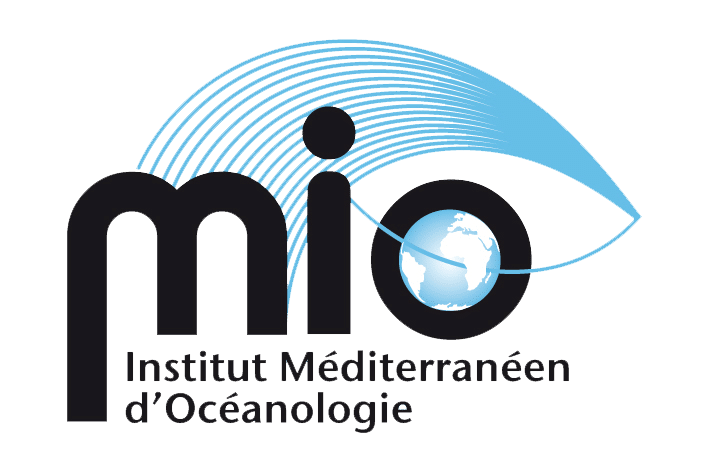In 2019, the TONGA oceanographic expedition in the south-west Pacific sought to unravel a mystery raised during a previous campaign: the presence of intense phytoplankton blooms in this area. Could the ocean's lit waters have been fertilised by the chemical elements produced by hydrothermalism? The TONGA campaign aimed to confirm or refute this hypothesis.
Vast, deep and sometimes hostile to man, the ocean is still only partially explored. Oceanographic expeditions are crucial to understanding how the ocean works, and how climate change is changing the way it functions. And while every oceanographic mission is mounted to answer a specific scientific question... this question is often raised by the results acquired during a previous expedition. This was the case for the TONGA expedition, which stemmed from discoveries made during the OUTPACE campaign in 2015. During this campaign, we measured very high concentrations of iron in the south-west Pacific, a chemical element that is essential for life and therefore for the development of phytoplankton. Such high concentrations of iron, which are unusual in most of the ocean, could be the result of shallow hydrothermal springs and therefore explain the presence of intense phytoplankton blooms in the middle of a marine desert. This hypothesis therefore had to be confirmed. The question of the presence and origin of this chemical element is not insignificant. It influences what is known as the ocean's biological carbon pump and, by extension, the climate.
Setting up the project, obtaining ship time, putting together the international team and raising the necessary funds... It took 3 years to prepare the expedition! With around thirty scientists and as many sailors on board, l'Atalante travelled some 6,000 km in the South-West Pacific to find out whether the chemical elements produced by hydrothermalism can fertilise the lighted waters of the ocean. 37 days at sea, non-stop, to study this biological pump both at the heart of the oasis and outside it, in the marine desert that is the immense South Pacific gyre. A multidisciplinary team worked together at sea and on land: oceanographers (chemists, biologists and physicists), atmospheric scientists and geologists.
The first quest was to find a target area, a shallow hydrothermal source, and to measure all the parameters that could establish a causal link between these emissions and biological activity at the surface. We were lucky: the first site we targeted turned out to be a perfect natural laboratory in which to work on our hypothesis, with strong hydrothermal emissions at a depth of 200 m reaching the surface.
Every day, dozens of operations were carried out on board: the launching of sampling instruments (water, plankton, particulate matter settling in the water column and also deep sediments) and direct measurements by optical sensors attached to the sampling instruments. A large number of biological and chemical parameters were also measured using continuous sampling of the lower atmosphere and surface waters. In addition to the work carried out during the campaign, underwater robots were released that will continue for years to come to communicate parameters that will enable the results obtained during the expedition to be put into context. A fixed mooring was also dropped in order to collect, over a period of one year, the material exported to the seabed. To enable all this work to be carried out simultaneously, we installed 4 laboratory containers that enabled us to work in the best possible conditions, even though we were on a ship. In a dedicated container, we were able to carry out experiments mixing water collected at the surface with water collected at the hydrothermal source: we were thus able to monitor the biological response of surface organisms as a function of the different proportions of each of the waters. Due to a lack of space to install the measuring instruments, few analyses are generally carried out on board and several hundred kilos of samples will be taken back to the laboratories for months of analysis and interpretation, unfortunately slowed down by the health crisis.
Nevertheless, the chemical composition of the seawater and the abundance and diversity of the organisms it contains have already revealed the multiple impacts of these elements on the biogeochemistry of the oasis located to the west of the Tonga Arc (Figure 1), thus enabling us to verify our initial hypothesis. One of the aims will be to extrapolate our results from a relatively small area to enable the role of such sources on the carbon cycle to be quantified on a large scale, which will be possible thanks to modelling.




